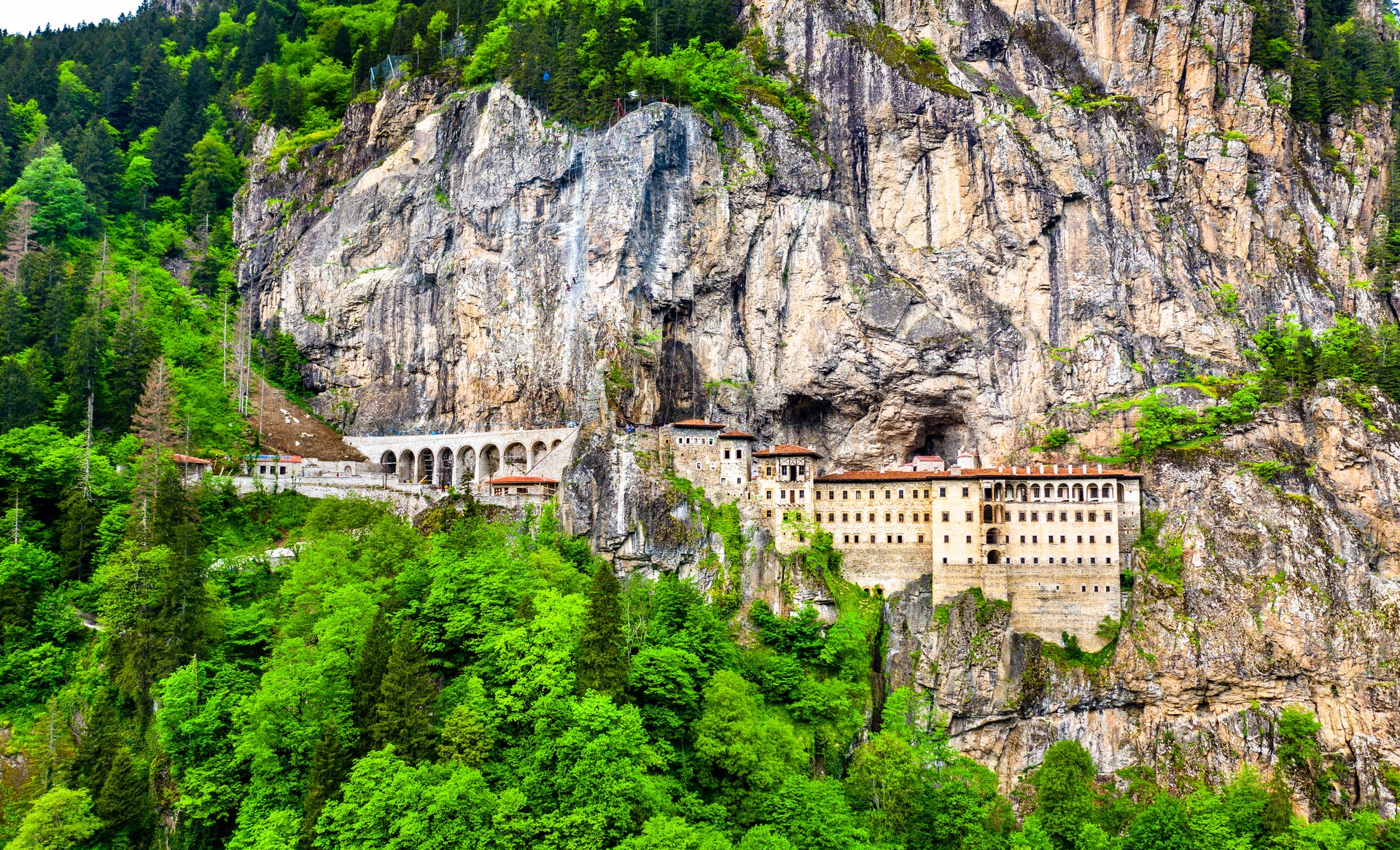
Perched on the steep cliffs of the Zigana Mountains in Türkiye's Trabzon, Sumela Monastery captivates visitors with its breathtaking location and rich history. This monastery is a crucial site for Orthodox Christian pilgrims but also attracts many visitors.
As summer begins, it becomes a significant attraction for both tourists and expats living in Türkiye. Learning more about the Sumela Monastery's history, legends and resilience through the centuries will surely inspire your next trip to Trabzon.
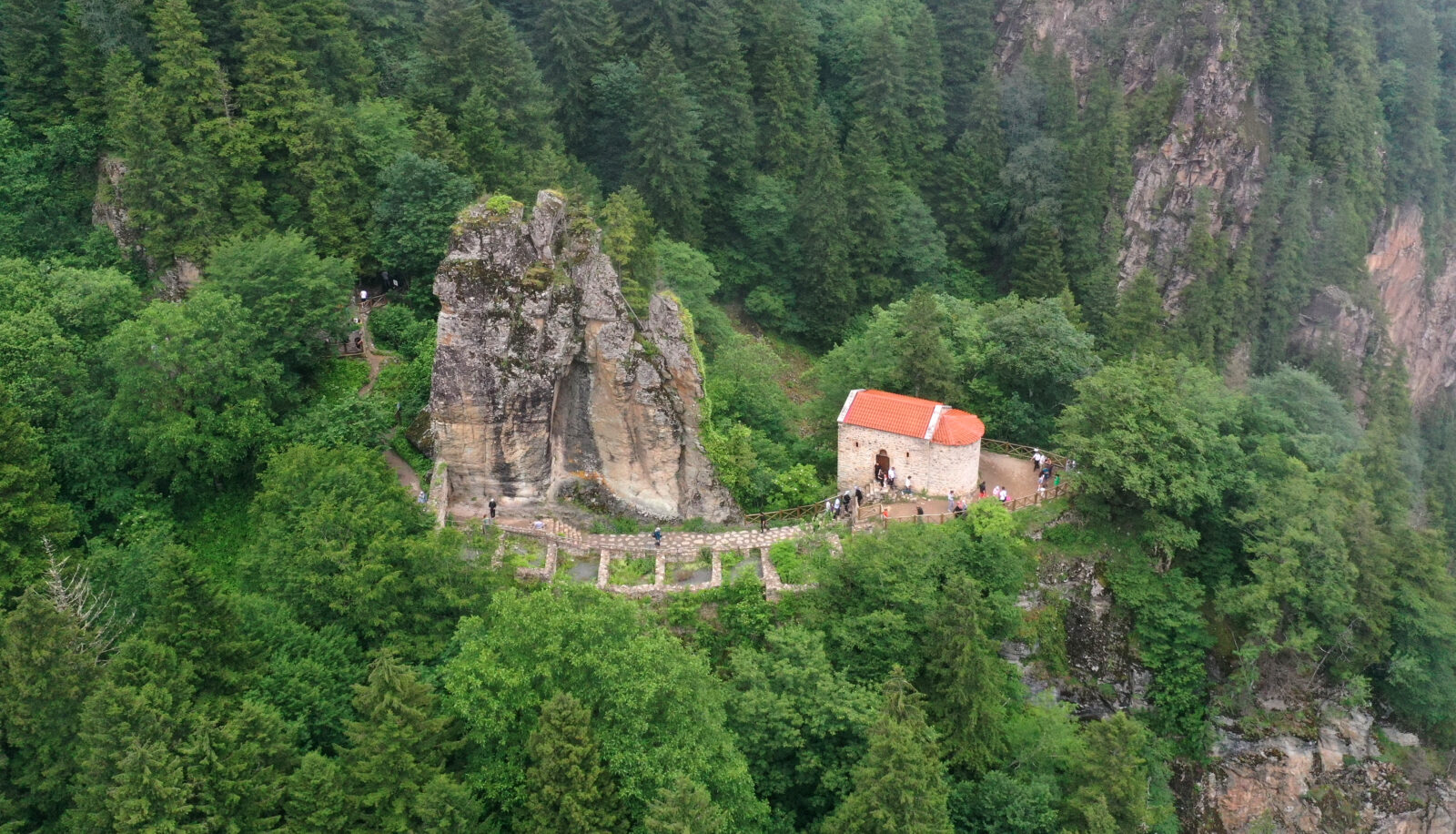
The Sumela Monastery was founded in 386 A.D. during the reign of Roman Emperor Theodosius I. According to legend, two Athenian priests, Barnabas and Sophronios, were guided by a miraculous icon of the Virgin Mary to a cave on the slopes of the Black Mountain (Karadag).
This icon is believed to have been painted by the Apostle Luke, who inspired them to establish a sanctuary at the site. Over time, the cave became the central feature of the monastery, which expanded significantly under the patronage of various Byzantine emperors.
In the sixth century, Emperor Justinian I ordered the renovation and expansion of the monastery. The Byzantine general Belisarios oversaw these enhancements, solidifying the monastery’s importance as a religious center.
During this period, the monastery gained a reputation for its spiritual significance and association with the Virgin Mary, attracting pilgrims all across the Byzantine Empire.
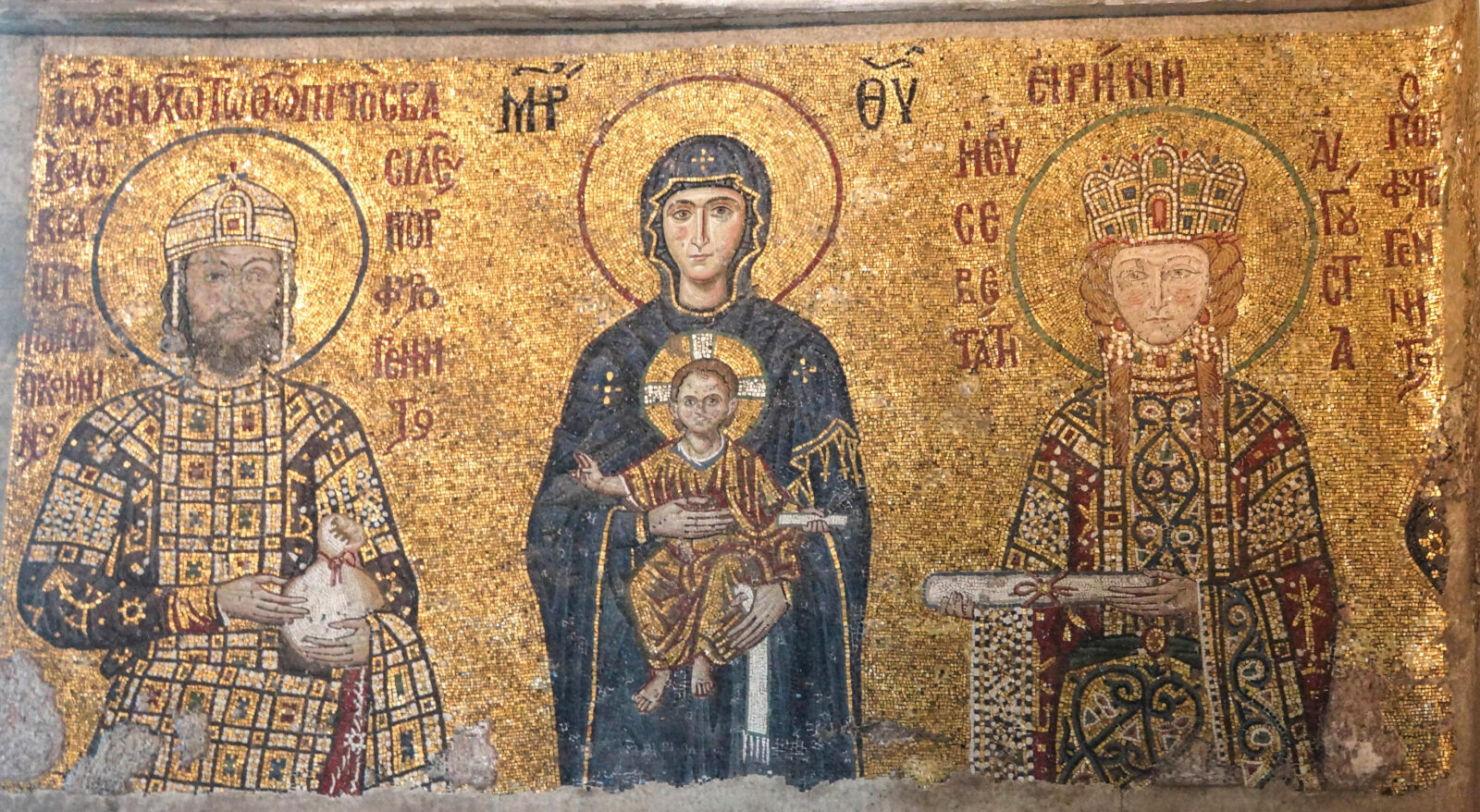
The 13th century saw the rise of the Komnenos Dynasty in the region, with Trabzon as their capital. Under the rule of Alexios III (1349-1390), the monastery underwent significant development, receiving annual funding from the imperial treasury.
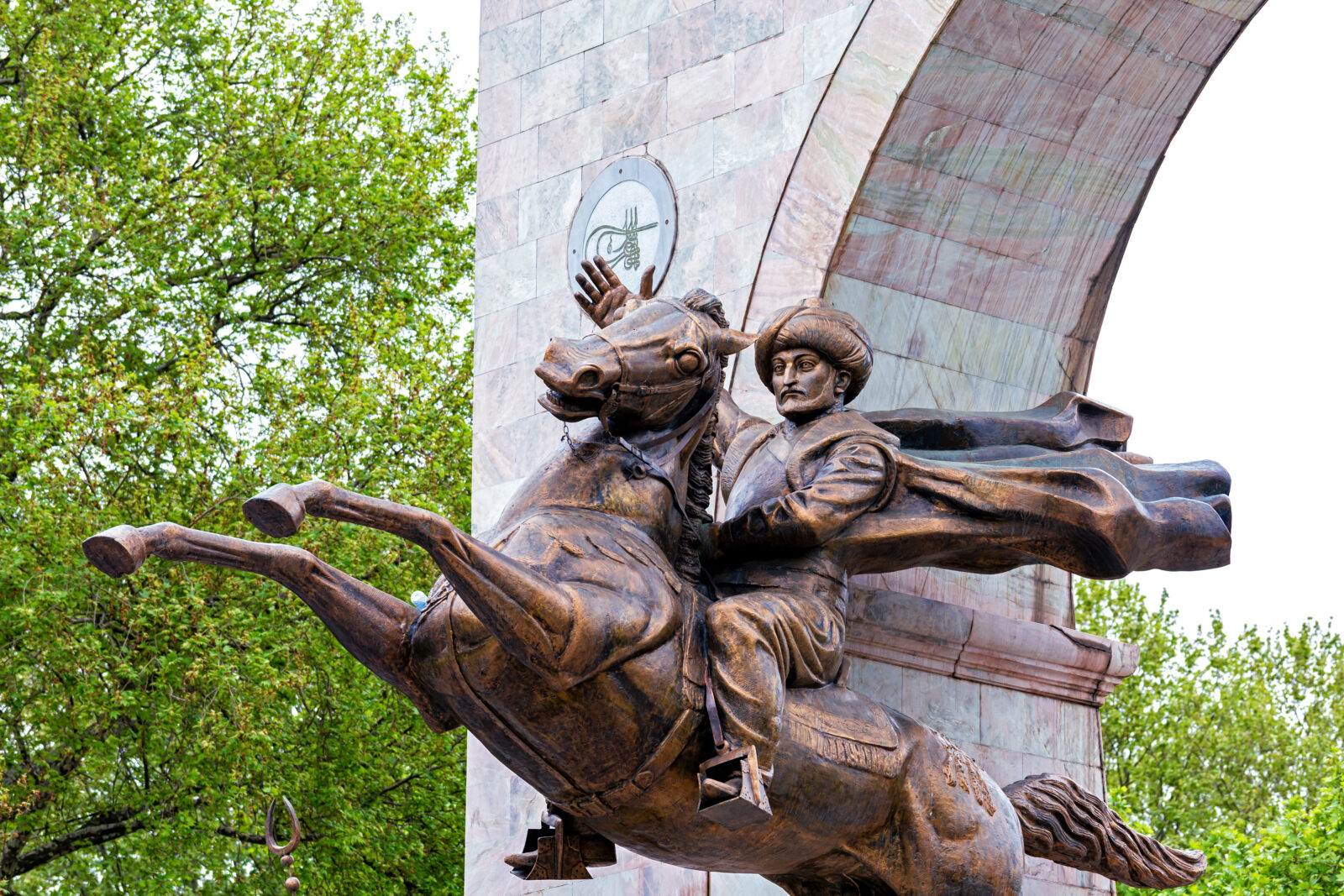
The Ottomans, who conquered Trabzon in 1461 under Sultan Mehmet II, continued to protect and support the monastery. Mehmet II's successors upheld his orders, granting the monastery special privileges and ensuring its continued operation.
Throughout the Ottoman period, the monastery remained a vital religious site, attracting both Christian and Muslim pilgrims.
It flourished until the early 20th century when political changes led to its abandonment following the population exchange between Greece and Türkiye in 1923.
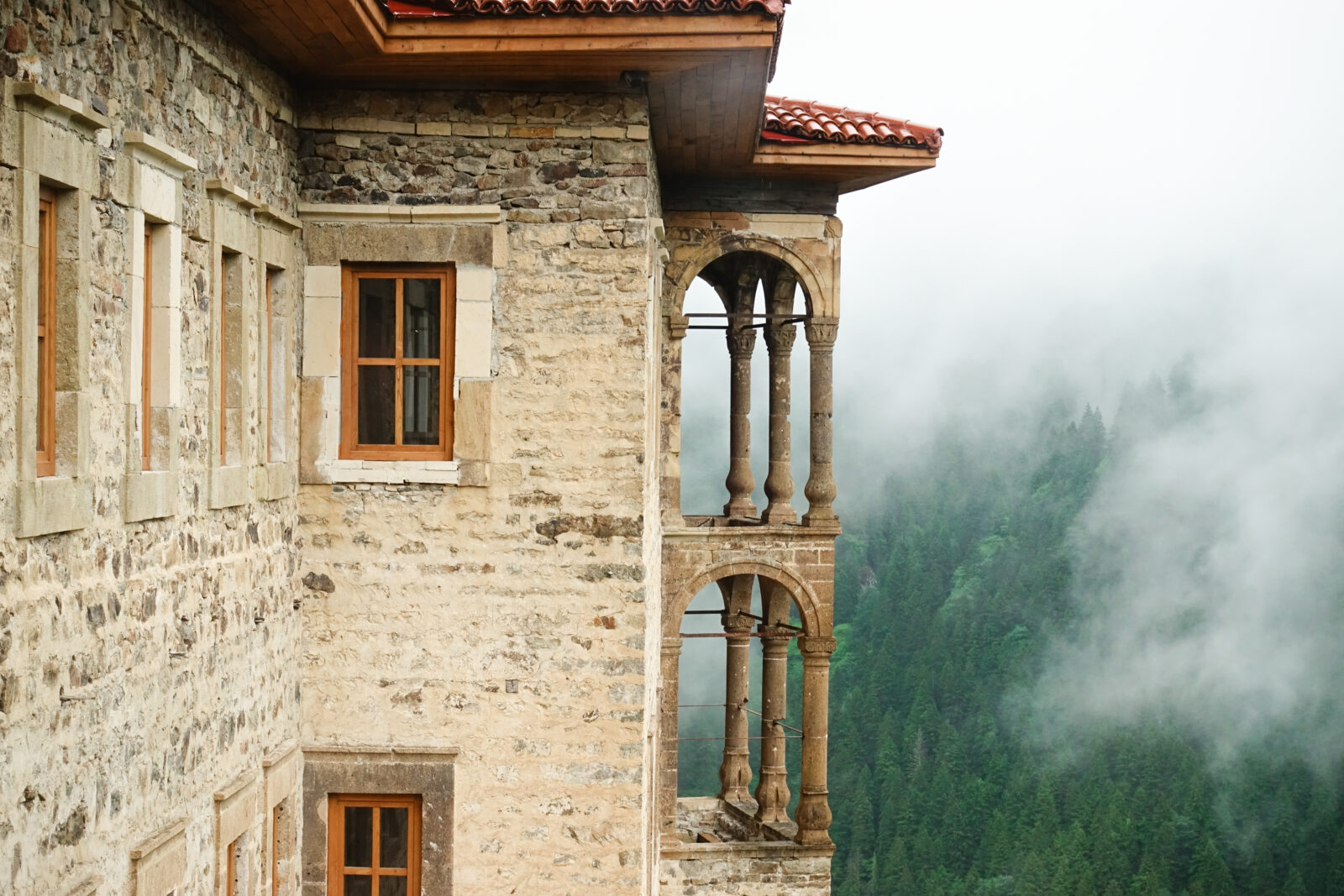
After 1923, the monastery fell into neglect. Treasures were looted, and natural elements caused further damage. In the 1930s, a fire destroyed many of the wooden components of the complex. Despite these challenges, the monastery remained a symbol of spiritual and historical significance for both locals and the Greek diaspora.
Restoration efforts began in earnest in the latter half of the 20th century. In the 1960s, NATO personnel stationed in Türkiye took an interest in the site, leading to initial conservation efforts.
The Turkish government officially took steps to protect and restore the monastery in the 1970s, recognizing its cultural and historical value. The monastery opened to the public as a museum in 1986, attracting increasing numbers of visitors each year.
The most recent phase of restoration began in 2015, addressing critical structural issues and preserving the monastery’s artistic heritage. These efforts included stabilizing the cliffs to prevent rockfalls, restoring frescoes and improving visitor facilities.
The restoration, costing around $1.5 million, ensured that future generations could safely visit the monastery.
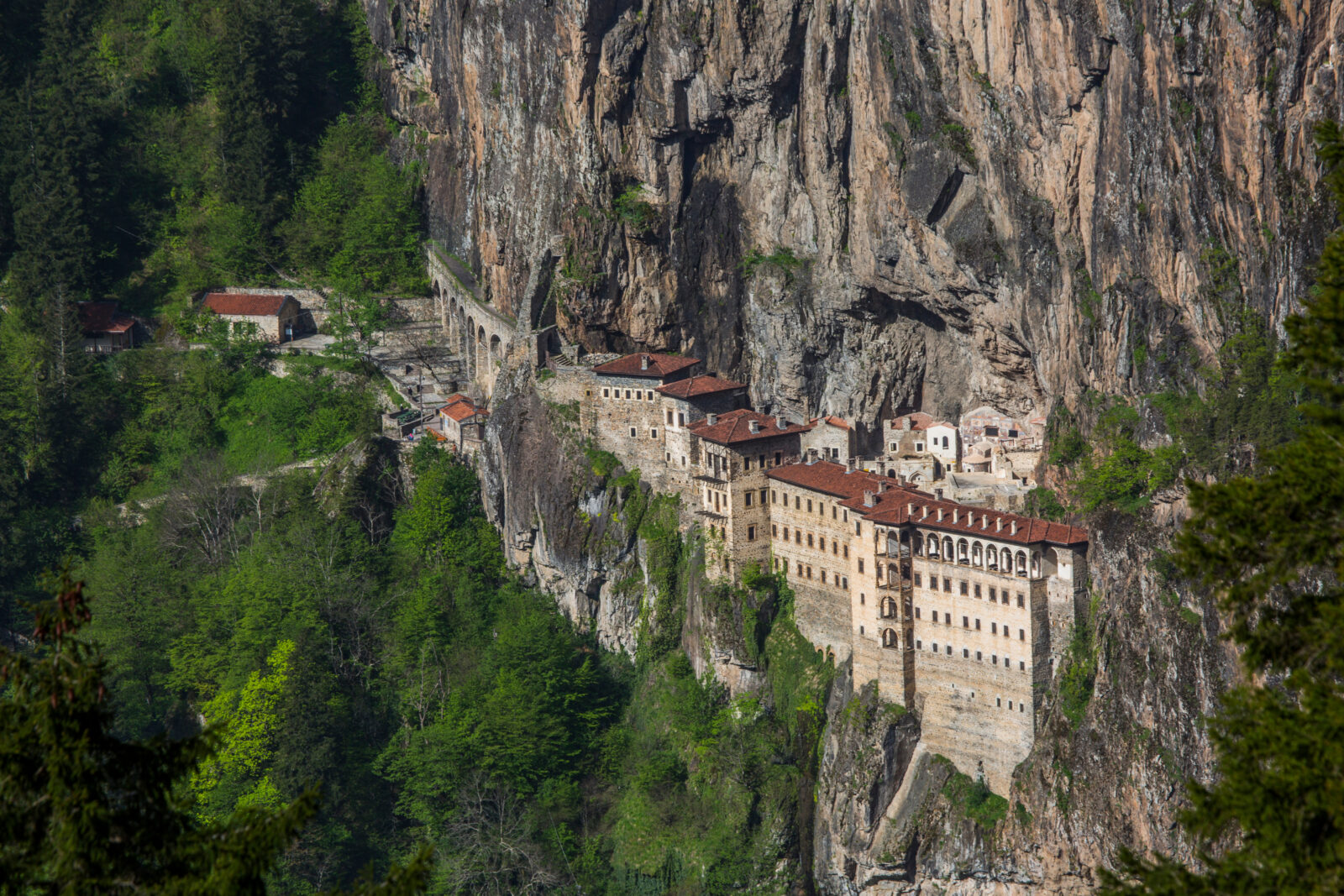
The Sumela Monastery sits at an altitude of 3,937 feet (1200 meters) on the cliffs of the Zigana Mountains, overlooking the lush Altindere Valley.
The complex includes several key structures: the main rock church, chapels, monks' quarters, a bell tower a library, and aqueducts. Visitors reach the monastery via a steep path through the forest, culminating in a series of narrow stairs that lead to the main entrance.
The main rock church, built into the natural cave where the miraculous icon was found, is the heart of the monastery. The cave's eastern section was closed off with walls and a chapel, creating a sacred space for worship.
Surrounding the church are various chapels, each adorned with intricate frescoes depicting biblical scenes and the lives of saints. The monks' quarters, guest rooms, and other facilities are spread across multiple levels, connected by narrow staircases and passageways.

The monastery is renowned for its extensive frescoes, which adorn both the interior and exterior walls of the rock church and adjacent chapels. These frescoes, dating from various periods, depict biblical scenes, including the lives of Jesus Christ and the Virgin Mary, as well as numerous saints and prophets.
One of the most significant artworks is the icon of the Virgin Mary, also known as the Black Madonna, believed to possess miraculous properties.

The frescoes inside the cave church are particularly noteworthy. They cover the walls and ceilings with vivid depictions of the Last Judgment, the Ascension of Christ, and other significant events from Christian theology.
These frescoes are layered, with some dating back to the 14th century and others from the 18th and 19th centuries. This layering reflects the monastery's long history and the various periods of restoration and embellishment it has undergone.
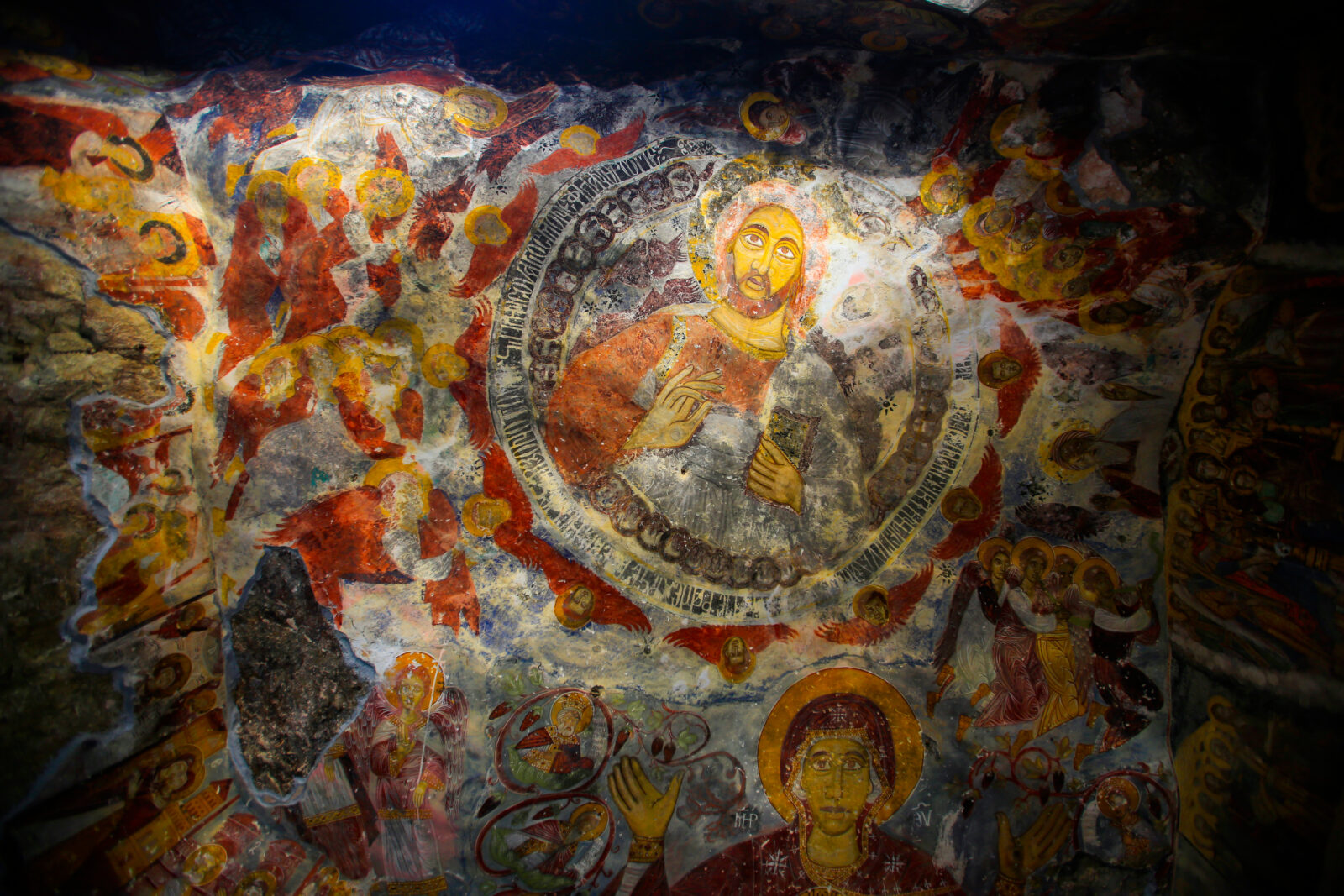
The frescoes outside the cave church are also remarkable, featuring scenes from the life of the Virgin Mary and other biblical events. These frescoes exemplify Byzantine art, showcasing the detailed and expressive style typical of the period. The use of vibrant colors and intricate designs makes these artworks a visual feast for visitors.
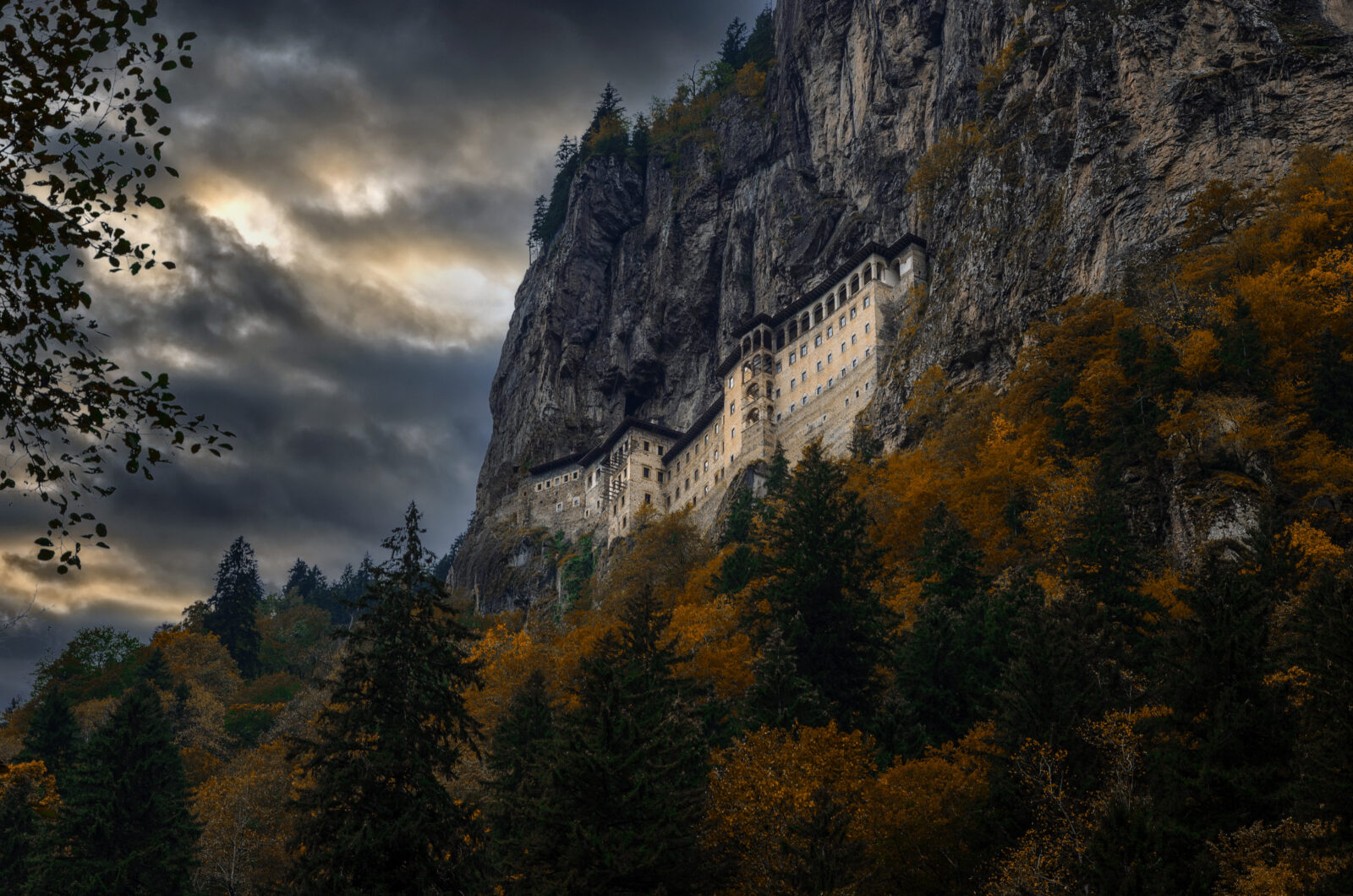
The Sumela Monastery has long been a significant pilgrimage site for Orthodox Christians. Each year, on August 15, a special mass celebrates the Dormition and Assumption of Mary, attracting pilgrims from around the globe. This annual event, reinstated in 2010 after a long hiatus, underscores the enduring spiritual importance of the monastery.
The pilgrimage to Sumela is a deeply moving experience for many believers. Pilgrims travel great distances to participate in the mass, conducted by high-ranking clergy, including the Ecumenical Patriarch.
The service includes hymns, prayers and the veneration of the miraculous icon. For many, it is a time of spiritual renewal and reflection, drawing them closer to their faith and heritage.
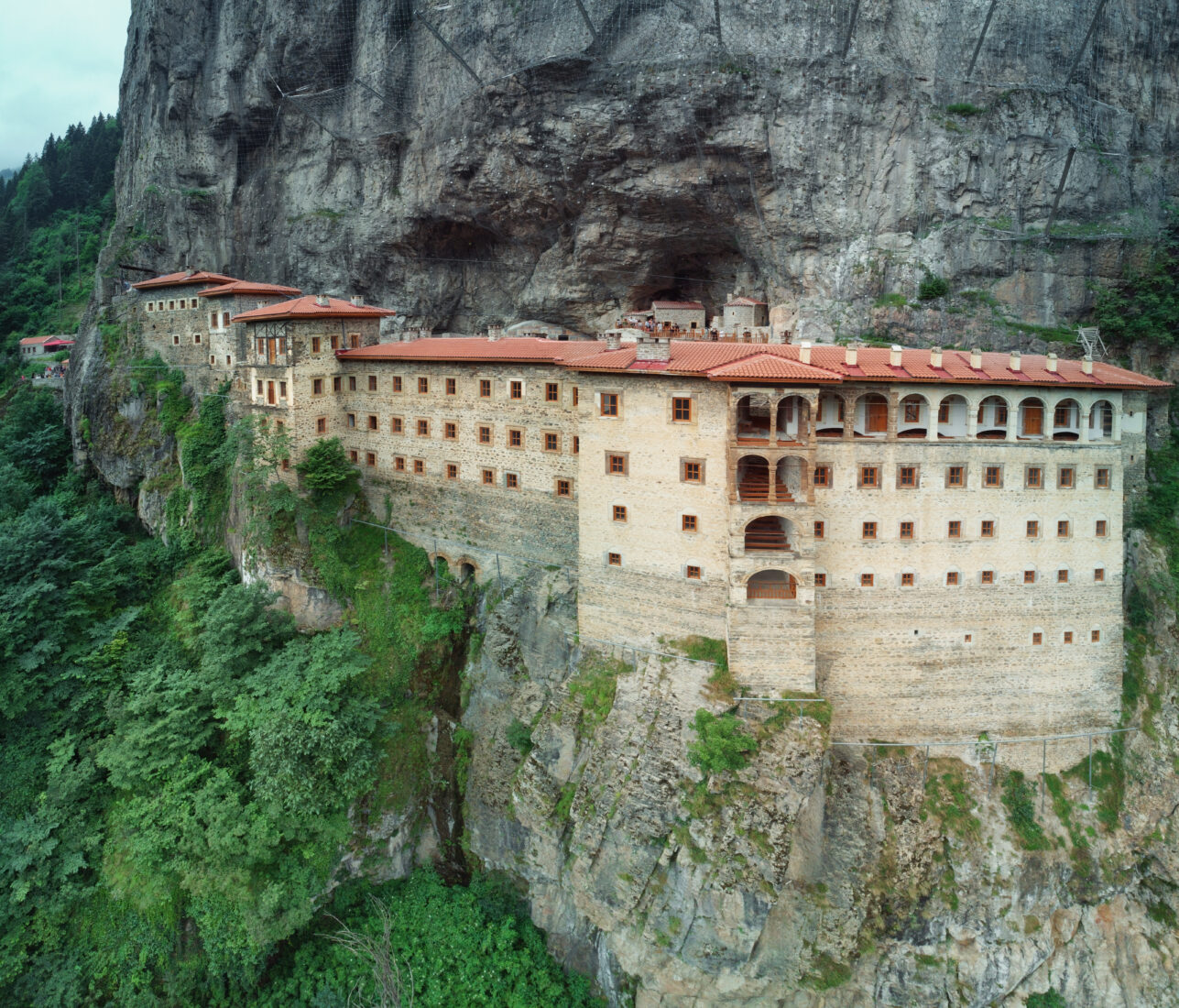
Legends surrounding the monastery are integral to its mystique. The miraculous icon of the Virgin Mary said to have been transported by angels is central to many of these stories.
The monastery is also associated with numerous miracles, including healings attributed to the sacred spring within its grounds. These legends and miracles continue to draw both Christian and Muslim visitors seeking spiritual solace and blessings.
One famous legend tells of Sultan Selim I, who, after falling ill during his reign, sent messengers to the monastery to request prayers for his recovery. According to the story, the monks' prayers were answered, and the sultan recovered miraculously.
In gratitude, he sent valuable gifts to the monastery and granted it additional privileges. Such stories reflect the monastery's perceived power and its revered status among people of different faiths.
Another legend speaks of the sacred spring within the monastery grounds. According to tradition, large drops of water would fall from the cave's ceiling into a sacred pool below.
Pilgrims believed these drops had healing properties and would often collect the water for its curative powers.

The Panagia Sumela Monastery is located approximately 28 miles from Trabzon, within the Altindere National Park. Visitors can reach the site by taking a minibus from Trabzon to Macka, followed by another minibus to the park.
Alternatively, taxis are available for hire. The final stretch to the monastery requires a 0.6-mile uphill hike through a picturesque forest path.
The journey to the monastery is an adventure in itself. The path winds through dense forests, with the sound of rushing water from nearby streams providing a serene backdrop.
Along the way, visitors can enjoy stunning views of the valley below and the rugged mountains that surround the area. This hike is a part of the pilgrimage experience, offering a time for reflection and anticipation before reaching the sacred site.
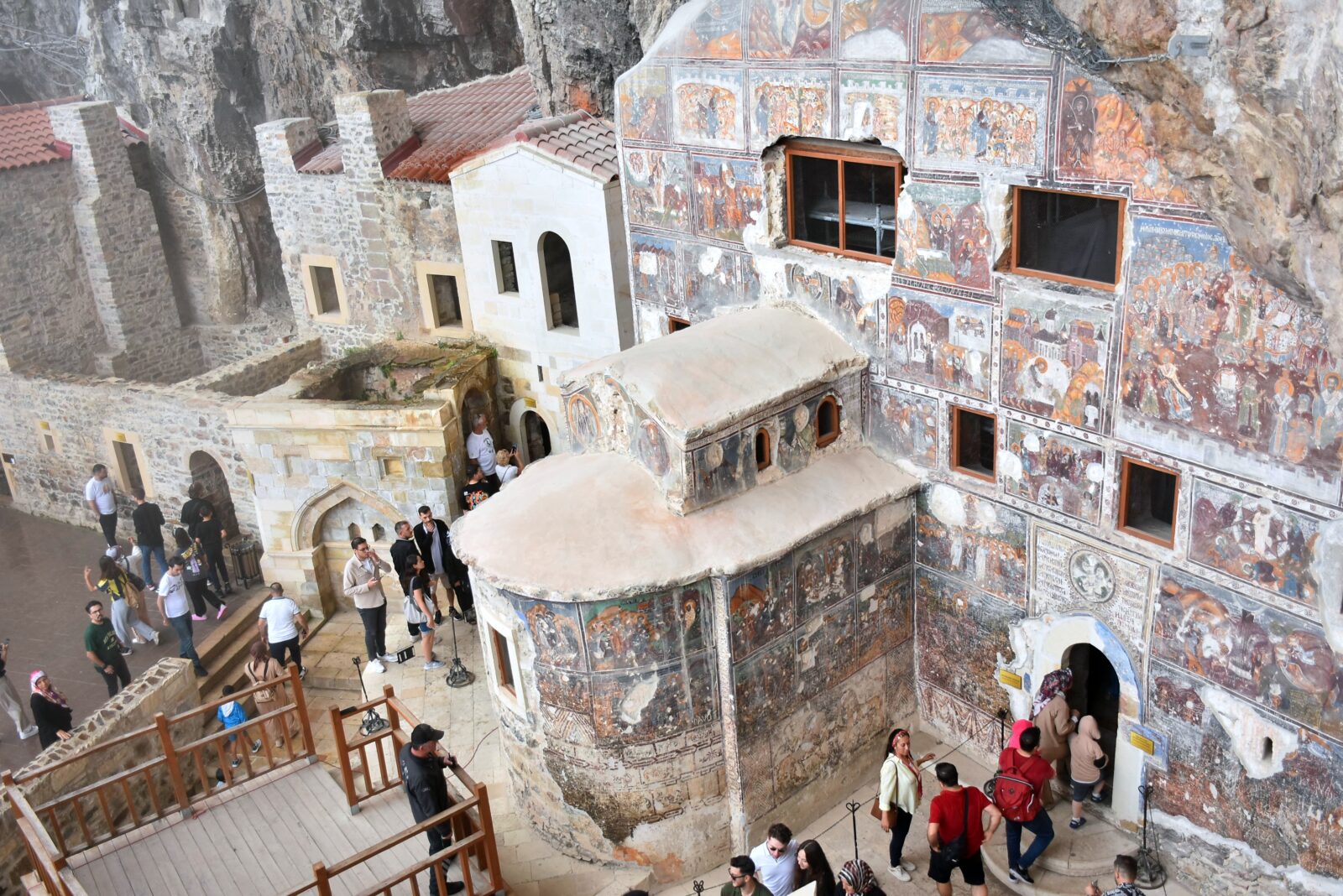
The monastery is open to visitors daily from 8:00 a.m. to 7:00 p.m. It operates as a museum, and entry requires a ticket. Guided tours provide insights into the monastery's history and significance.
Facilities for tourists include rest areas, viewing points, and informational displays. These amenities enhance the visitor experience, making the journey to the monastery both comfortable and informative.
Besides the guided tours, visitors can explore the monastery at their own pace. Informational plaques throughout the site provide details about the various structures, frescoes, and historical events associated with the monastery.
There are also designated viewing points that offer breathtaking vistas of the surrounding landscape, making for memorable photo opportunities.
The annual Aug.15 mass is the highlight of the monastery's calendar, drawing thousands of pilgrims. In addition to religious services, cultural events and festivals celebrating the region's heritage are held throughout the year.
During these festivals, the monastery comes alive with music, dance and traditional performances. Local artisans display their crafts, and vendors offer regional delicacies. Since the dates change every year, looking at local news outlets would provide visitors with the most up-to-date information about the upcoming events.
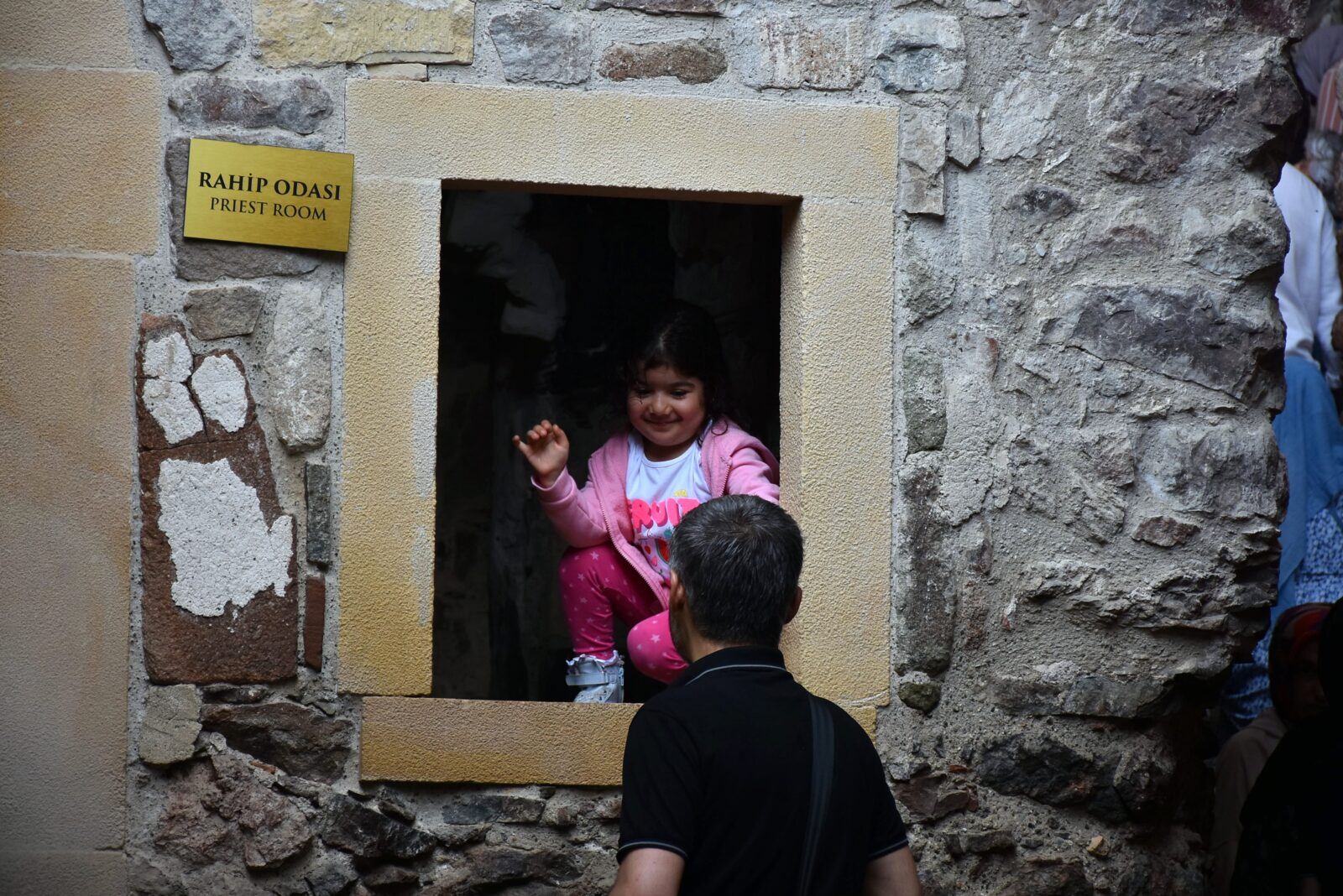
The Panagia Sumela Monastery stands as a symbol of the rich cultural and religious history of Türkiye. Its stunning location, architectural beauty and spiritual significance make it a must-visit destination.
Whether drawn by its legends, history, or serene environment, the monastery offers a unique and enriching experience. As summer unfolds, there is no better time to explore this remarkable site and immerse yourself in its timeless allure.